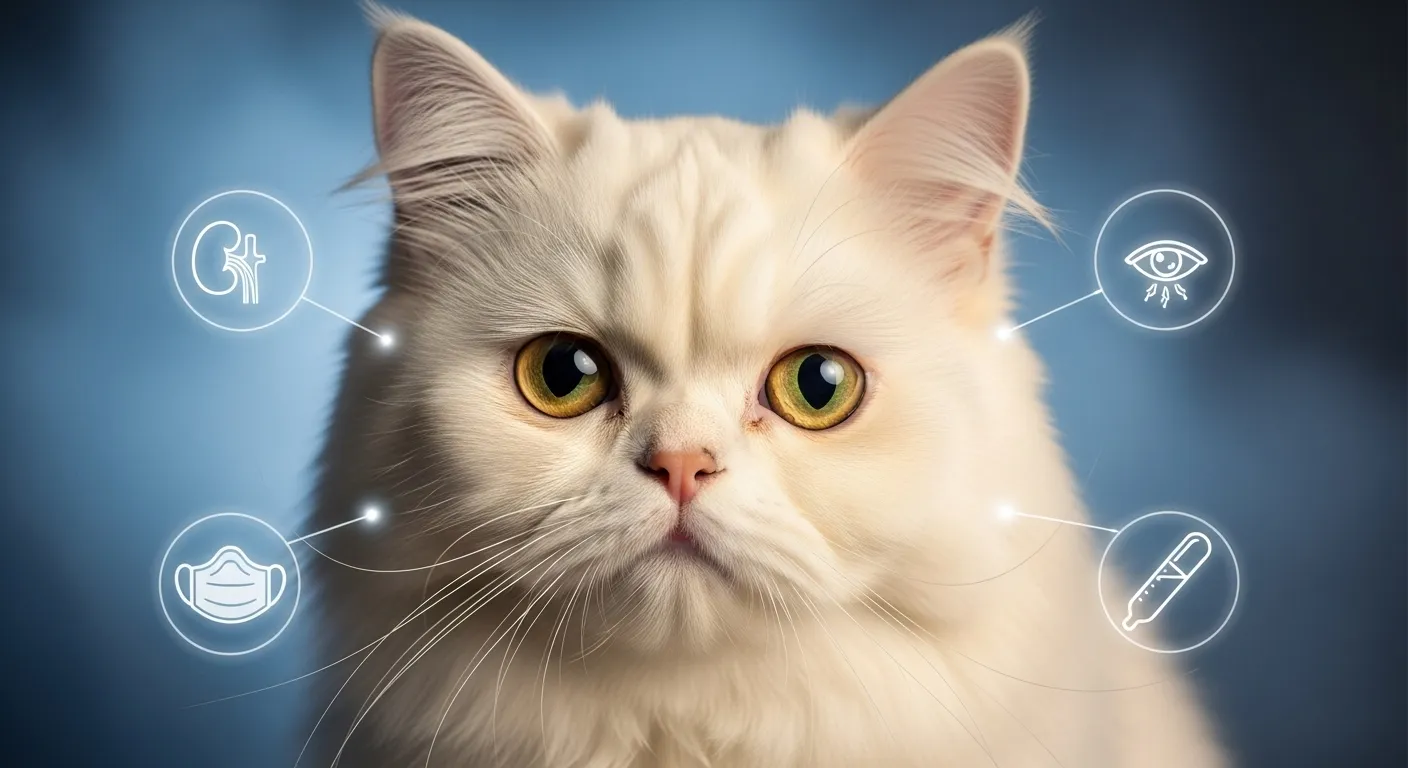Persian cats have flat faces and long fur. These traits make them prone to certain health issues. Owners must watch for signs early. This guide covers main problems, causes, and care steps. It helps you keep your cat healthy.
Common Health Issues in Persian Cats
Persian cats face genetic and structural problems. Many stem from their breed features. Here are the key ones.
Polycystic Kidney Disease (PKD)
PKD affects many Persian cats. Cysts form in the kidneys from birth. They grow over time and harm kidney function. Signs show around age seven. Look for more thirst, frequent peeing, weight loss, and vomiting. This disease has no cure. But early care can help.
Vets use special diets and drugs to manage it. Genetic tests spot carriers. Breeders screen parents to lower risks.
- Causes: Inherited gene mutation.
- Risks: Can lead to kidney failure if ignored.
- What to do: Test kittens with DNA kits. Feed low-protein food as vet advises.
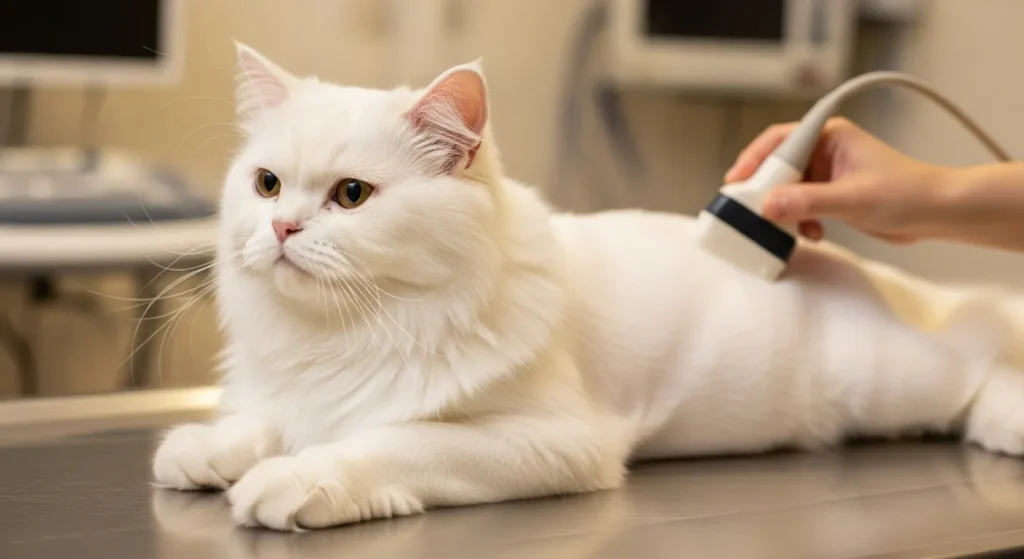
Link to our Pet Symptom Checker if you see these signs. Read more on how long cats can go without eating for related care tips.
Breathing Problems from Flat Face
Persians have short noses. This causes brachycephalic airway syndrome. Narrow airways make breathing hard. Cats may snort, pant, or tire fast. Heat worsens it. Open-mouth breathing needs quick vet help.
Surgery fixes some cases by widening nostrils or shortening the palate.
- Causes: Breed’s flat skull shape.
- Risks: Low exercise tolerance and fainting.
- What to do: Keep cat cool. Avoid stress. Watch weight to ease strain.
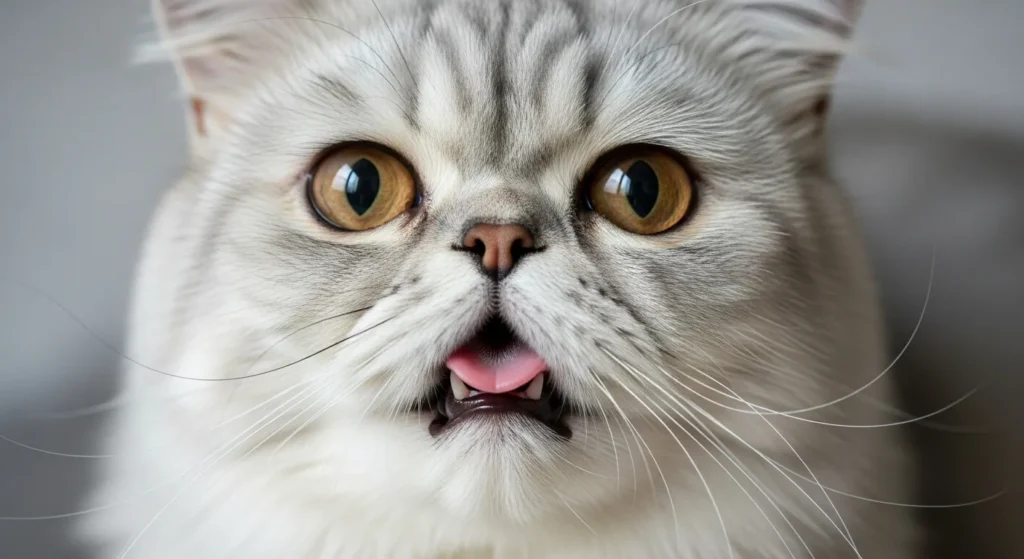
Check our why is my cat sneezing post for more on respiratory signs.
Eye Issues
Persians often have watery eyes. Flat faces block tear ducts. This leads to discharge and stains. Other problems include inward eyelids (entropion) that rub the eye. Glaucoma raises eye pressure and hurts vision.
Clean eyes daily with soft cloth. Vets treat with drops or surgery.
- Causes: Short tear paths and big eyes.
- Risks: Infections or ulcers if unclean.
- What to do: Wipe eyes gently. See vet for redness or swelling.
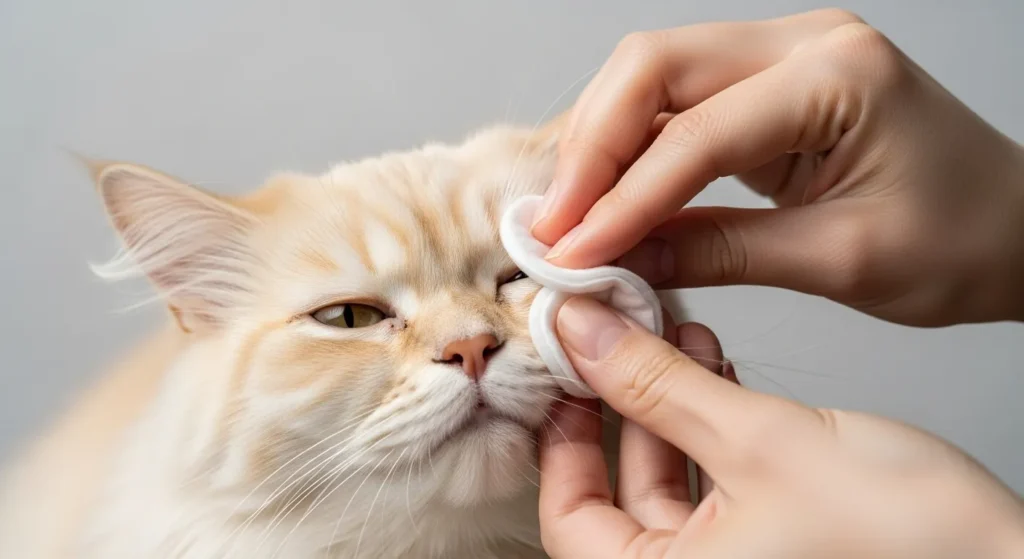
For plant safety, see are roses toxic to cats.
Dental Disease
Crowded teeth from flat faces trap food. This builds plaque and causes gum issues. Persians need tooth care. Signs include bad breath and drooling.
Brush teeth weekly with cat toothpaste. Vets do cleanings under anesthesia.
- Causes: Poor tooth alignment.
- Risks: Pain and tooth loss.
- What to do: Use dental treats. Plan yearly vet checks.
Learn about how many teeth do cats have.
Skin and Coat Problems
Long fur mats easily. This breeds bacteria and fungi. Ringworm or greasy skin (seborrhea) can occur. Overgrown nails add to issues.
Brush daily. Bathe monthly if needed. Trim nails every two weeks.
- Causes: Thick coat and folds.
- Risks: Infections that spread.
- What to do: Use vet shampoos for problems.
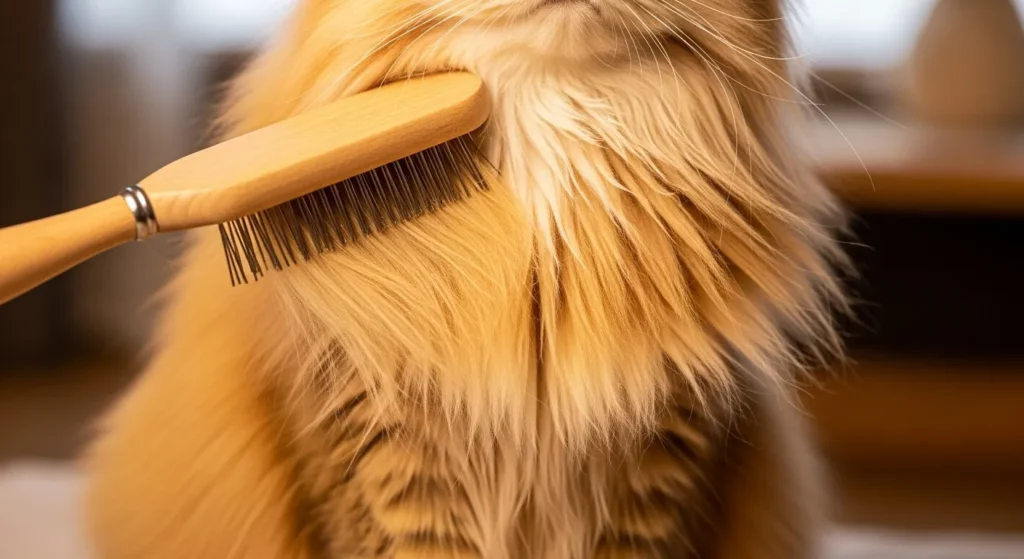
See our why does my cat have dandruff for skin tips.
Heart Disease
Hypertrophic cardiomyopathy thickens heart walls. It reduces pumping power. Signs are tiredness and fast breathing. Persians face higher risk.
Vets check with scans. Drugs help control it.
- Causes: Genetic factors.
- Risks: Sudden heart failure.
- What to do: Low-salt diet. Regular heart exams.
Vision Loss from PRA
Progressive retinal atrophy harms eye cells. It starts with night blindness. Full blindness follows. No fix exists.
Breeders test parents. Help blind cats with safe spaces.
- Causes: Inherited eye defect.
- Risks: Poor sight affects life.
- What to do: Keep home layout same.
Read are cats color blind for vision facts.
Hip Joint Problems
Hip dysplasia warps joints. It causes pain and limps. Weight adds to it.
X-rays diagnose. Pain meds or surgery treat severe cases.
- Causes: Gene pool limits.
- Risks: Arthritis over time.
- What to do: Control weight with play.
How to Keep Your Persian Cat Healthy
Care starts with basics. Groom often to stop mats. Feed balanced meals. Use our Pet Food Safety Checker for diet choices.
Visit vet yearly. Vaccinate on time. Spay or neuter to cut risks. Play gently to stay fit.
For breeds, try our Pet Breed Finder Quiz. Calculate age with Pet Age Calculator.
When to Visit the Vet
Go if you see changes. Like more water drinking or hard breathing. Early checks save lives. Use Pet Symptom Checker first.
Questions Owners Often Ask
What is the lifespan of a Persian cat?
Most live 10 to 15 years. Good care extends it. Recent studies show 13.5 years average.
Do Persian cats need special food?
Yes. Wet food helps kidneys. Avoid grains if allergic. See can cats eat cheese.
Why do Persian cats get eye discharge?
Tear ducts block easy. Clean daily.
Are Persian cats prone to kidney issues?
Yes. PKD is common but screening lowers cases now.
How can I prevent breathing problems?
Keep weight low. Cool home helps.
For more, visit sites like the International Cat Care for breed advice.
This info comes from vet studies up to 2025. Always ask your vet for your cat’s needs.
